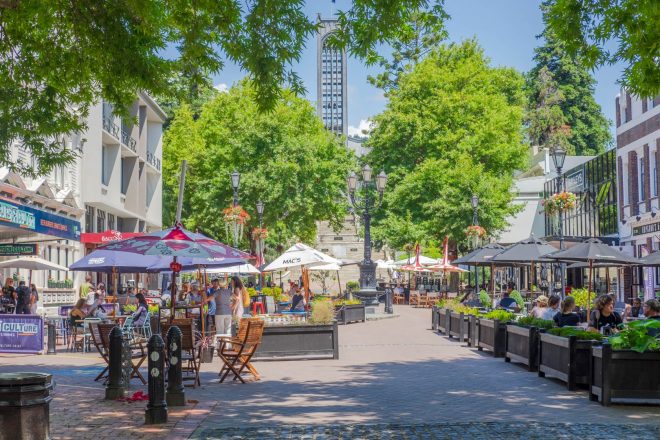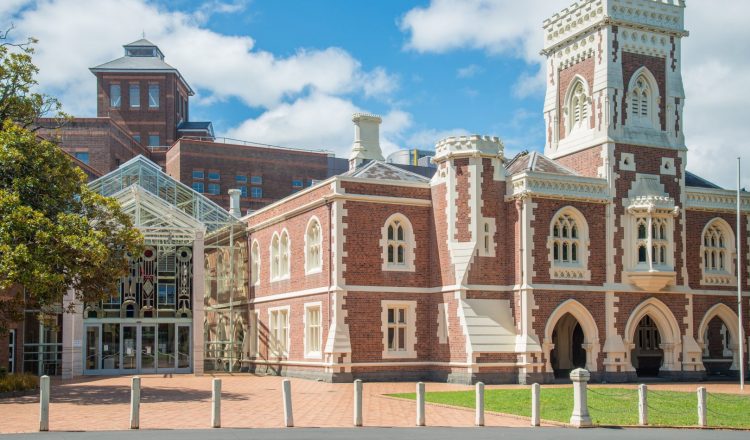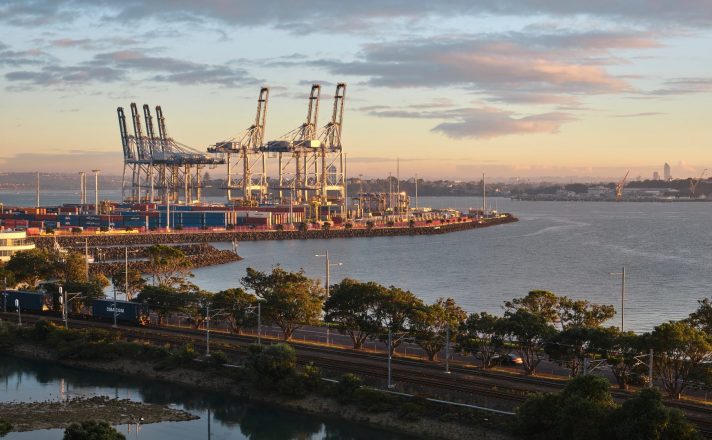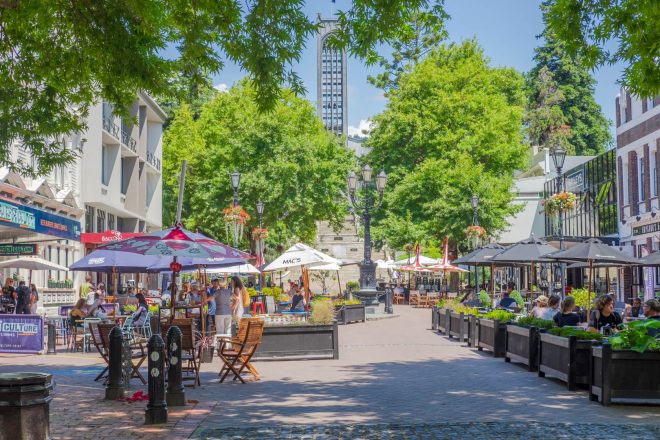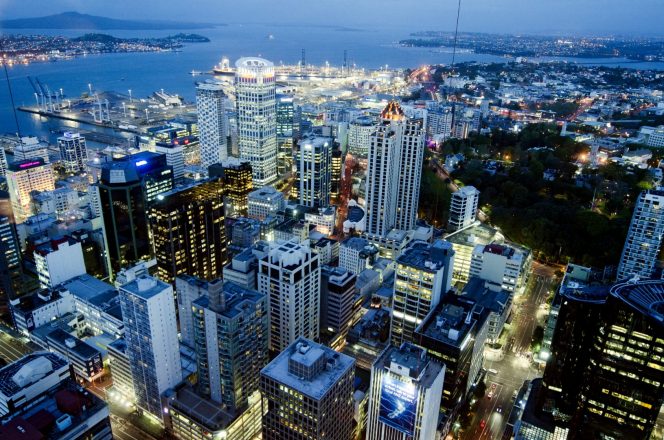Commerce Act
The Commerce Act sets out the competition law principles in New Zealand. The Commerce Act is enforced by the Commerce Commission.
(a) Restrictive trade practices
The following restrictive trade practices are prohibited:
- contracts, arrangements, or understandings which have the purpose, effect, or likely effect of “substantially lessening competition” in a relevant market;
- contracts, arrangements, or understandings that contain a cartel provision, being a provision that has the purpose, effect or likely effect of price fixing, restricting output or market allocating (certain collaborative activities, vertical supply contracts and joint buying and promotion arrangements may be exempt from this, and parties can apply to the Commerce Commission for clearance if they consider the collaborative activities exemption applies);
- taking advantage of a substantial degree of power in a market for an anti-competitive purpose; and
- resale price maintenance (when a supplier controls retail pricing).
Penalties for breach
Large financial penalties can be ordered for engaging in restrictive trade practices. Penalties for an individual can be up to NZ$500,000. Penalties for a company can be up to the greater of:
- NZ$10 million;
- three times the value of any commercial gain resulting from the contravention; or
- 10% of the turnover of the company (and all of its interconnected companies).
The Commerce (Criminalisation of Cartels) Amendment Act was passed into law on 8 April 2019. It makes cartel conduct a criminal offence and amends the penalty for cartel conduct for an individual to be imprisonment for up to 7 years or a fine up to NZ$500,000 or both. This criminal penalty comes into effect from 8 April 2021.
(b) Acquisitions that substantially lessen competition
The general rule is that mergers and acquisitions that would have, or would be likely to have, the effect of substantially lessening competition in a market are prohibited.
“Market” is a market in New Zealand for goods and services as well as other goods or services that, as a matter of fact and commercial common sense, are substitutable for them.
Concentration indicators
The Commerce Commission has adopted certain “concentration indicators” to give guidance as to whether a business acquisition is unlikely to substantially lessen competition in a market. These are where post-merger either:
- the three largest firms in the market have a combined market share of less than 70%, and the merged entity will have less than 40% of market share; or
- the three largest firms in the market have a combined market share of 70% or more, and the merged entity will have less than 20% of the market share.
“Vertical” acquisitions (whether upstream or downstream) are also subject to the Commerce Act, although there are no similar concentration indicators available for such acquisitions.
Clearance
New Zealand has a voluntary notification and clearance regime. Parties contemplating an acquisition may apply for clearance if they are in doubt as to whether or not the acquisition will result in a substantial lessening of competition.
Clearance for an international merger given by offshore anti-trust regulators does not protect the transaction in New Zealand. If the merger involves a New Zealand business, and the transaction may result in a substantial lessening of competition in the relevant New Zealand market, parties should consider whether it is appropriate to seek clearance from the Commerce Commission.
The Commerce Commission can also seek a declaration from the High Court that:
- an overseas person has acquired a controlling interest in a New Zealand body corporate through an acquisition outside New Zealand of the assets of a business or shares; and
- the acquisition of that controlling interest has, or is likely to have, the effect of substantially lessening competition in a market in New Zealand.
If such a declaration is granted, the Commerce Commission can also apply for various orders against the New Zealand body corporate in which the controlling interest has been acquired, including orders to cease carrying on business in New Zealand, dispose of shares or other assets, or take some other action that the court considers is consistent with the purpose of the Act.
Authorisation
If the merger will result in a substantial lessening of competition, the parties can apply to the Commerce Commission for authorisation. However, authorisation is very rarely granted as the parties must convince the Commerce Commission that the public benefits associated with the merger outweigh the anti-competitive harm.
Penalties for breach
If parties choose to proceed with an acquisition without seeking prior clearance or authorisation, and the Commerce Commission considers that the acquisition would substantially lessen competition, the Commission is able to seek an injunction (preventing the acquisition going ahead), a “cease and desist” order, and/or a divestment order. Pecuniary penalties can also be ordered: up to NZ$500,000 for an individual and up to NZ$5 million for a company.
(c) Competition studies
The Commerce Commission also has a broad power to:
- carry out a competition study of any factors that may affect competition for the supply or acquisition of goods or services (including looking at the structure, conditions and performance of a market); and
- prepare a competition report to the Minister of Commerce and Consumer Affairs that records its findings from the competition study, and make wide-ranging recommendations.
These market studies can be initiated by the Minister or self-initiated by the Commerce Commission.

















































